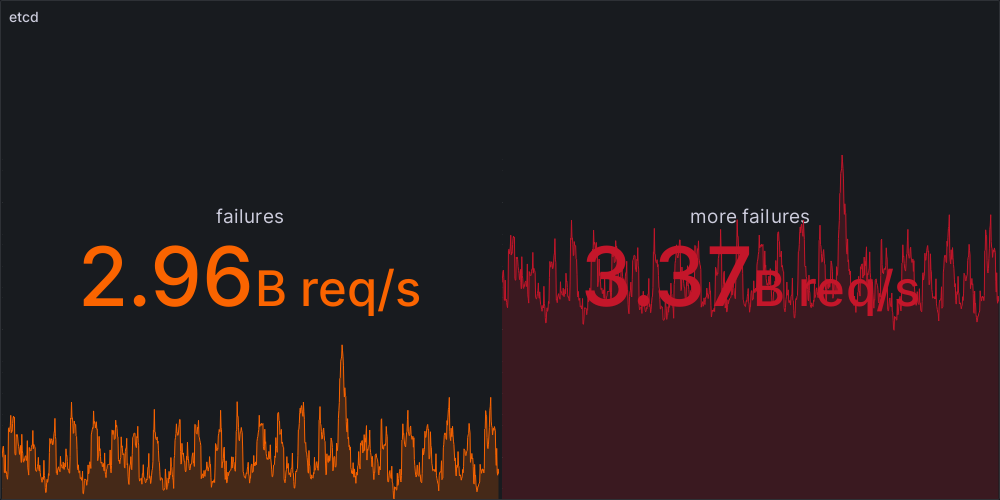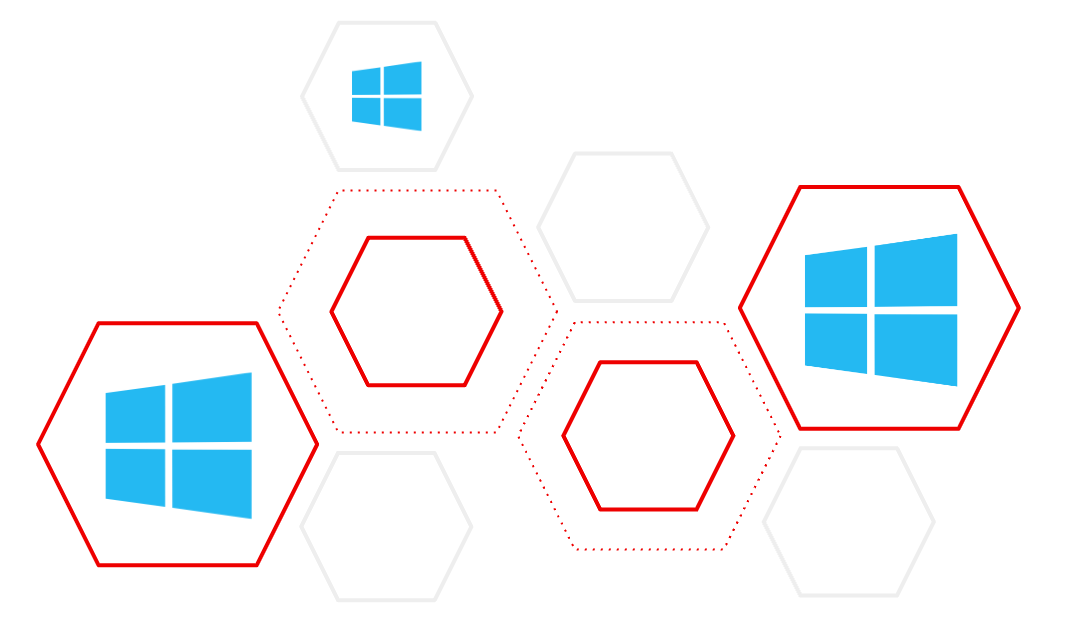How can we ensure the security of our supply chain and verify that all container images deployed in our Kubernetes clusters are both signed and protected, preventing the deployment of malicious ones? What methods can we adopt to sign and verify container images within our CI/CD pipelines, thereby bolstering the security of our DevOps workflows? […]










